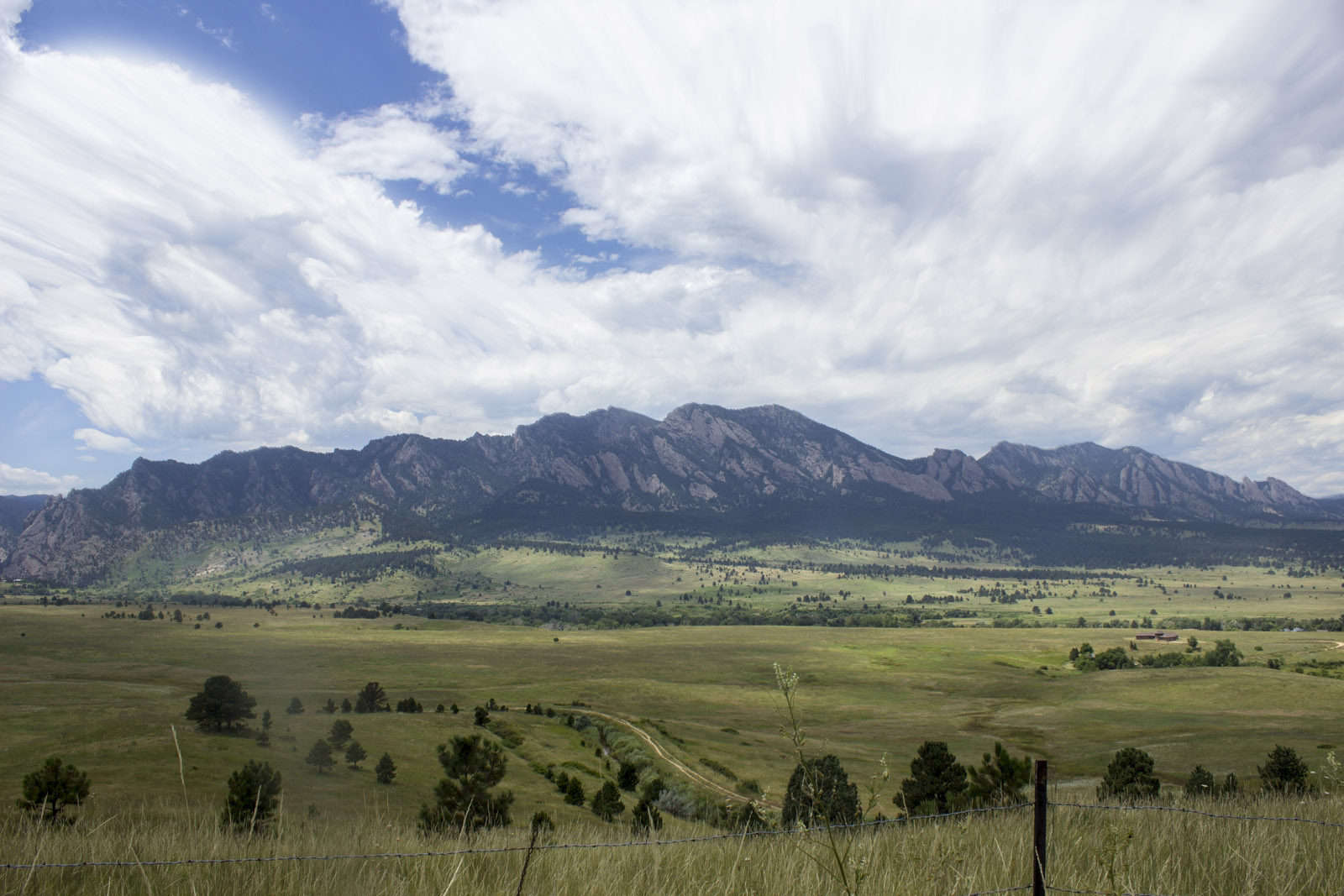R. A. Sinton
21, January 2020
We have all heard that renewables are now cheaper than coal or gas, especially after the Xcel bid that was reported in 2018, with PV with battery storage at a median price of $38/MWh (3.8 ¢/kWh) and Wind at $19.3/MWh (1.9 ¢/kWh).
If this is true, why don’t we just replace everything with wind and solar right now?
It is, of course, a bit trickier than that. These prices, listed above, are for solar or wind power that can be used instantaneously when it is produced. As soon as the wind and solar start to exceed how much power we can use at that moment, then it gets more expensive per kWh as the excess needs to be stored in a battery before being used. At current battery prices, the electricity that is generated, stored, and used later could cost in the range of $100/MWh (10 ¢/kWh) or more to cover all hours during all seasons.
For example, the sun is up with full production for about 8 hours per day. This means that PV could supply about 1/3 of our power over a 24-hour day. However, we still have coal plants on the grid that supply much of our power during the day, which substantially cuts into PV’s potential 1/3 share. The small amount of batteries in these bids allow the PV to better match the late afternoon peak, but has little capability to extend into the night and would have even less to contribute to a 3-day cloudy stretch in winter.
Eventually, batteries are projected to become cheap enough that we can supply renewable power through the night, and perhaps even during a dark and calm week in the middle of winter. This is not the case today. However, there are strategies that will allow us to achieve very high penetration of renewables at low-cost today without waiting.
To transition to renewables at the maximum rate:
- Retire coal.
- Schedule electricity demand to use mostly renewable power (on a real-time basis).
- Install strategic amounts of wind and PV to fill most of the time with renewables.
- Enable regional transmission to smooth out the demand and supply curves for power.
- Add batteries to the system as the price declines to give the grid even more flexibility to meet demand with renewable power.
- Evaluate the opportunity to replace the natural gas on the grid with hydrogen made using PV and wind electricity. This is anticipated to be a good option in the 2030s.
Looking at these items in a bit more detail:
When a coal plant runs during the day (as it must, because it can’t be turned fully off except for seasonally) then you can’t supply all of your power with PV even at midday. Some fraction of it is still supplied by coal. When you replace the coal capacity with gas capacity, then you can better turn the gas on or off. You can use the gas ONLY when wind and PV are NOT available, perhaps 20 % of the time. This reduces CO2 by perhaps a factor of 10 comparing the same capacity of gas as the original coal.
Only use power when the sun shines or the wind blows. This is often called “time of use”, and has been applied to the conventional fossil fuel grid to discourage power use when power is most expensive. Conversely, it can also be used to shift power use to specific hours when the power source is wind or solar. This is predicted the day ahead or the week ahead for use in balancing the grid. Power use that can be scheduled in this way include water heating, space heating and cooling when buildings are pre-heated or pre-cooled and especially EV charging when renewables are abundant. Availability of the renewable hour ahead, day-ahead, and week-ahead predictions could make this automatic through software in the appliances. The electricity customer need not notice exactly when the services are provided, just that the water is hot, the space is comfortable and the car is adequately charged first thing in the morning. Using power when it is available is essentially the same as having extremely low-cost, nearly “free” batteries, up to the fraction of demand that can be scheduled in this way (and proven to work as scheduled!). Critically, we don’t need to wait for battery price declines before implementing these close to “free” battery equivalents.
One more complication. Currently, the cheap prices for wind and PV have been made possible by technical advances in both technologies as well as from a very competitive large-scale industrial production. In the USA, it also depends on the 30 % tax credit for PV or PV + batteries, and the roughly $20/MWh (2 ¢/kWh) production tax credit for wind. Both of these are phasing out in the next few years. Without these, we would currently be at about $50/MWh for solar + storage and $40/MWh for wind (5 ¢/kWh and 4 ¢/kWh, respectively). The price of wind and PV is subject to federal and state tax policy.
Decisions on the way forward to a carbon-free grid need to be based on a critical awareness of:
- Prices of PV, wind, and batteries through the planning period.
- Trends in laws and subsidies that could affect these prices (including trade tariffs).
- Opportunities to use demand shifting as “free batteries” in the short term to maximize the use of renewables and minimize the use of fossil fuel generation.
- The cost and difficulty of improving transmission infrastructure and agreements with other regions.
It is possible to estimate the three phases of the transition and where we are today in Colorado.
- Something close to 55 % renewables will be achieved soon by adding renewables and a very strategic amount of batteries while retiring some of the coal. This is Xcel’s current approved short-term plan and has been shown to result in saving money while increasing renewables.
- Demand shifting to enable more renewables could be used to push the renewables fraction higher at little cost. Upgrading and installing critical transmission regionally will push this limit farther into the 70 % to 85 % range.
- Then progress becomes more difficult and more dependent on the price of storage options. The effective use of more renewables to reduce carbon towards zero is dependent on the amount of storage that is affordable, including seasonal storage useful for several days at a time.
More information on the complexities of the demand shifting opportunity is in the presentation at this link. This presentation shows that it is important that the demand shifting be synchronized with the availability of renewable resources on an hourly basis. Approximate formulas (such as charging EVs at night) are not ideal and may delay the retirement of coal by encouraging power generation all night, every night, in contrast to knowing which specific night-time hours would result in primarily using PV and wind for charging.
A PDF friendly version of this page can be found here.



